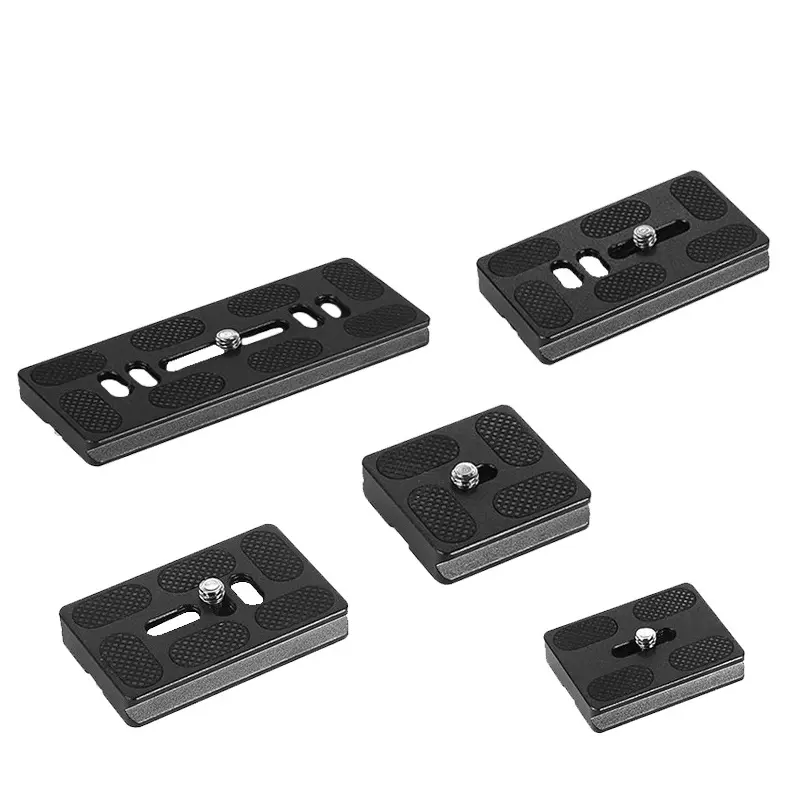

Time:2025-04-07 Views:1

DSLR (Digital Single - Lens Reflex) cameras, known for their high - quality images and extensive manual controls, are widely used by professional photographers and enthusiasts alike. Quick - release plates designed specifically for DSLRs are tailored to meet the unique requirements of these cameras.
DSLRs are generally larger and heavier than other types of cameras, so the quick - release plates for DSLRs need to be robust enough to support their weight securely. Many DSLR quick - release plates are made from high - strength materials such as aluminum or steel, ensuring durability and stability.
In terms of design, DSLR quick - release plates often feature a larger contact area with the camera body. This helps to distribute the weight evenly and prevent the camera from tilting or shifting during use. Some plates also come with additional features, such as anti - rotation pins or grooves, which further enhance the stability of the connection.
Installation of a DSLR quick - release plate is relatively straightforward. Most plates are attached to the camera's tripod mount using a screw. it's important to ensure that the screw is tightened properly to prevent the plate from coming loose.
One of the key advantages of using a quick - release plate with a DSLR is the ability to quickly switch between different shooting positions. For example, a photographer can easily transition from a horizontal to a vertical shooting orientation without having to remove and re - attach the camera from the tripod.
Despite their many benefits, DSLR quick - release plates also have some limitations. The larger size and weight of the plates can add some bulk to the camera setup, which may be a concern for photographers who need to carry their equipment for long periods. Additionally, the cost of high - quality DSLR quick - release plates can be relatively high.
Read recommendations:
motorcycle camera mount equipment
Universal Wooden Side Handle Grip Left/Right Handgrip for Canon Nikon Sony Camera Cage